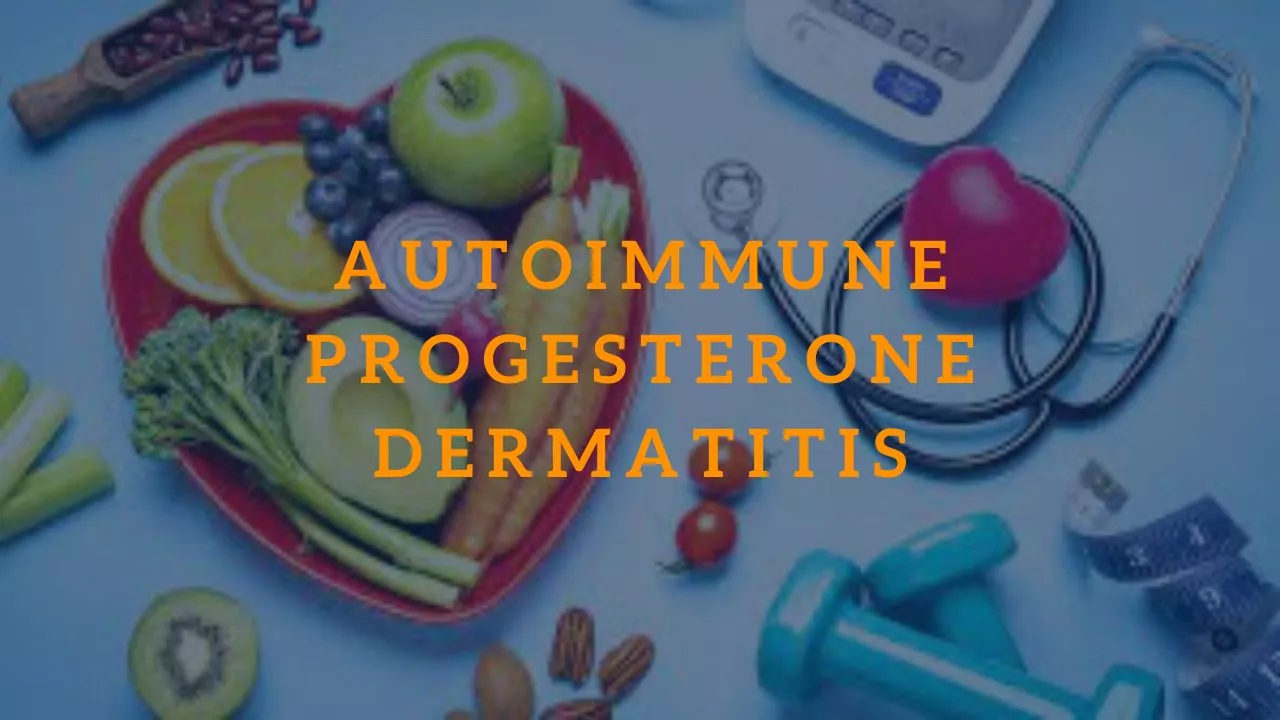Autoimmune progesterone dermatitis (APD) is a rare autoimmune disorder characterized by skin rashes that occur cyclically with the menstrual cycle. The condition is triggered by exposure to progesterone, a hormone produced by the ovaries during the menstrual cycle or by synthetic progesterone found in birth control pills or hormone replacement therapy.

What are the Symptoms of APD?
Symptoms of APD typically appear 3-10 days before the onset of menstruation and can include:
- Hives or welts
- Raised, red, itchy, or painful skin eruptions
- Blisters or vesicles
- Swelling or edema
- Headache, fatigue, or joint pain
These symptoms can persist for several days or even weeks and can recur with each menstrual cycle. In some cases, APD can also cause anaphylaxis, a severe and potentially life-threatening allergic reaction.
What Causes APD?
The exact cause of APD is unknown, but it is believed to be an autoimmune reaction to progesterone. In some cases, APD can also be triggered by exposure to other hormones or medications, such as estrogen or birth control pills.
Who is at Risk for APD?
APD is most commonly diagnosed in women of reproductive age, but it can occur in men and women of any age. Women who have a history of allergies, eczema, or asthma may be at higher risk for developing APD.
How is APD Diagnosed?
Diagnosis of APD can be challenging because the symptoms are similar to other skin conditions. A dermatologist may perform skin biopsies or allergy tests to rule out other conditions and confirm a diagnosis of APD.
How is APD Treated?
Treatment for APD typically involves avoiding exposure to progesterone or other triggers. This may involve stopping or changing hormonal medications or using topical or oral corticosteroids to manage symptoms. In severe cases, immunosuppressive therapy or other medications may be needed.
What is the Outlook for APD?
The outlook for APD varies depending on the severity of symptoms and the effectiveness of treatment. With proper management, most people with APD can live normal, healthy lives. However, the condition may recur with each menstrual cycle and can cause significant physical and emotional distress.
In Conclusion
Autoimmune progesterone dermatitis is a rare but serious autoimmune disorder that can cause cyclic skin rashes and other symptoms. If you are experiencing symptoms of APD, it is important to see a dermatologist or healthcare provider for diagnosis and treatment. With proper management, most people with APD can live normal, healthy lives.
Thank you for reading and see you again at our other interesting articles!
